“But it’s not blue…”
This is the keen observation of my 10 year old who pointed out that many of the so-called “common blue violets” that grow here are anything but blue. I have a large patch of white with blue centers – often referred to as Confederate violets (a name I think we should change). It’s the same species as the ones that are blue and purple and everything in-between. This year, I’ve also added additional colors to the mix, thanks to a seed strain or mix known as ‘Sorority Sisters.’ By all accounts, they’re exactly the same as the garden variety. The only difference is these come with a wider mix of colors, including magenta, blue speckled and white speckled. I am still waiting to see if any other colors pop up.
I know many people consider violets to be weedy because of how easily they spread, but I think they’ve gotten a bad rap. You can walk on them or mow them, they’ll bounce back. Include them as a ground cover in your native food forest, because they’re edible and medicinal. They’re non-toxic, making them safe for pets and children’s gardens. Not only a hardy and reliable groundcover that’s easy to naturalize, they’re a caterpillar host. Our native fritillaries (all of them) depend on this genus to host their young. What’s not to love?
Color Options
You have a few choices here. If I know the color of a violet because it bloomed in time for me to see it, I tag it. You can get a single mystery violet. You can also get a mystery mix of three violets in a pot. Photos show some of my color varieties available. Even my blue ones aren’t always just blue. Some are an ombre blue-to-violet color, some are a deep blue, and others are a light blue. For the sake of my personal sanity, all of those are listed as “blue.”
The pots of three violets will have some mix of speckled or magenta in them. The triples are not going to have the standard colors unless otherwise specified.
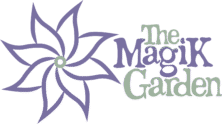



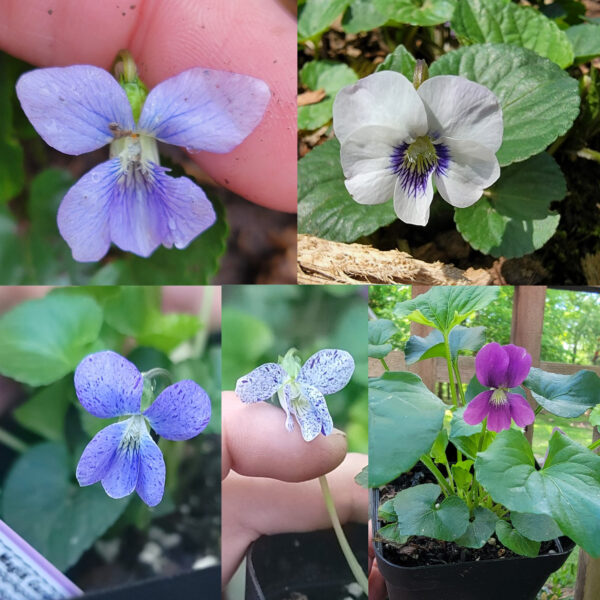


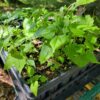
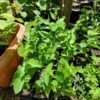
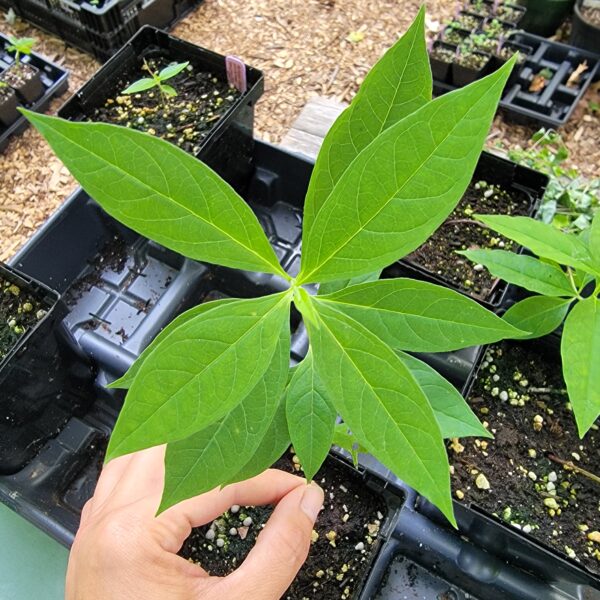
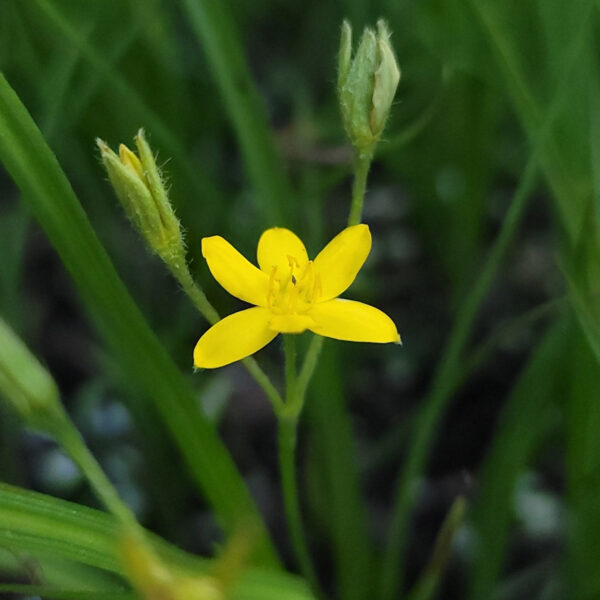





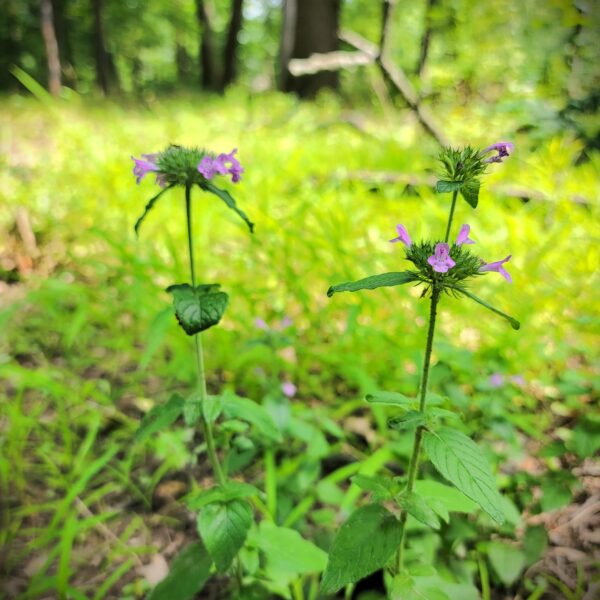

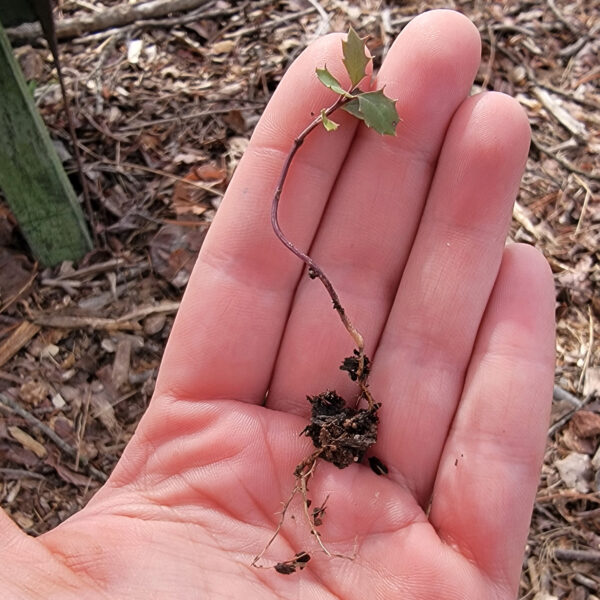


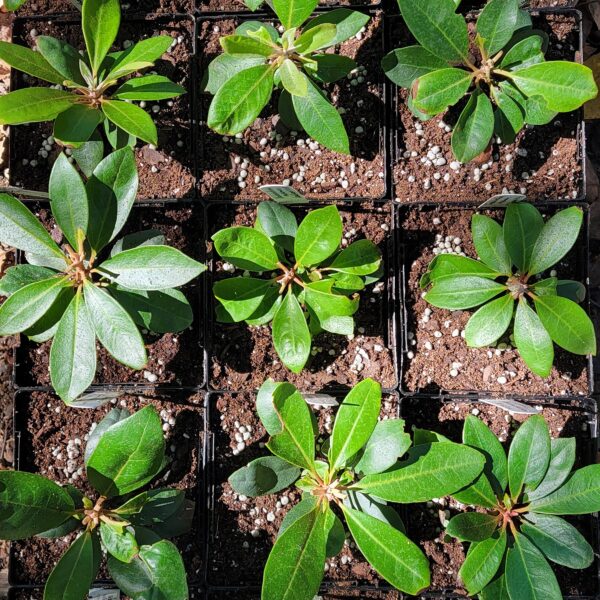
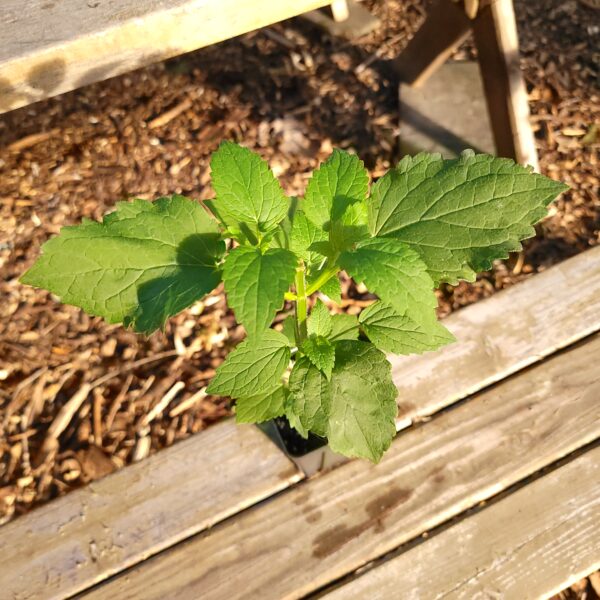

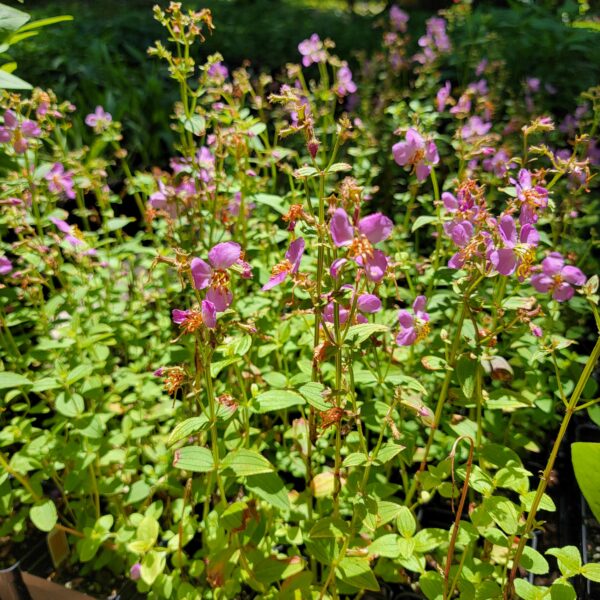


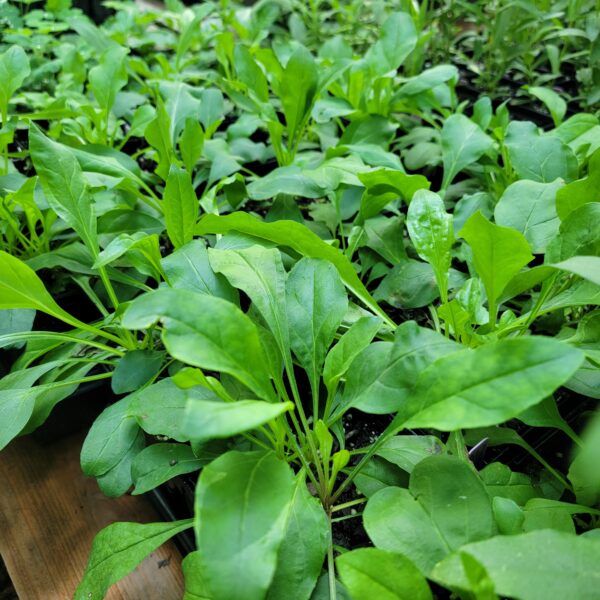
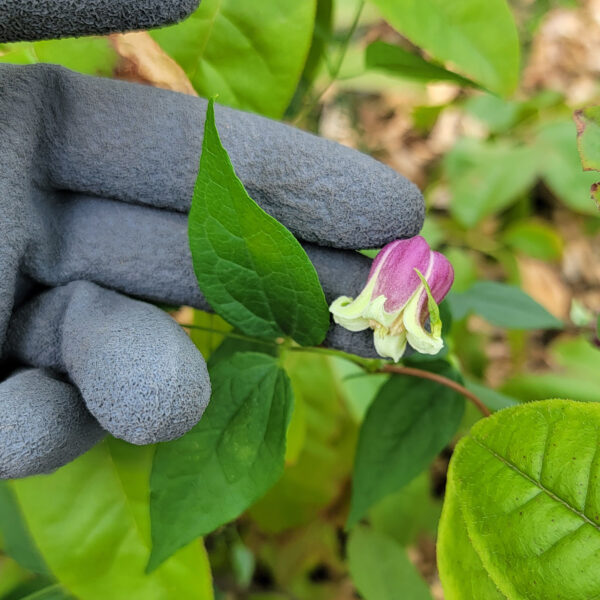
Reviews
There are no reviews yet.